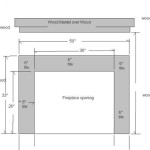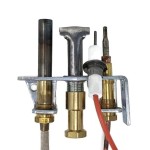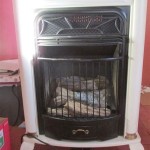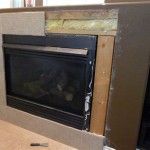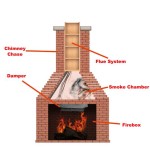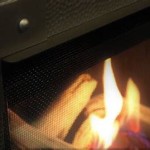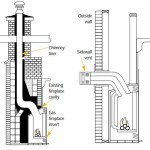Amish Heaters: An Overview of Fireplace Design and Functionality
The term "Amish heater" is often used to describe a specific type of fireplace that is popular among Amish communities. These heaters are known for their simple design, durability, and efficient heating capabilities. While the term is often associated with a certain aesthetic, it's important to understand that Amish communities do not have a singular, standardized design for their heaters. Rather, they often adapt existing heating technologies to fit their specific needs and preferences.
Amish heaters commonly incorporate traditional elements like brickwork, stone, or cast iron, creating a rustic and authentic look. They emphasize functionality over elaborate features and are often built by skilled craftsmen within the community. The focus on practicality and sustainable materials is rooted in the Amish values of simplicity, self-reliance, and a connection to nature.
While the term "Amish heater" might conjure up images of specific designs, it's essential to recognize that the Amish community, with its diverse geographical locations and individual preferences, employs a range of heating solutions. This article will explore the characteristics of commonly associated Amish heaters and delve into their unique aspects, providing insights into their construction, operation, and advantages.
Construction and Materials
Amish heaters typically employ a combination of traditional materials that are readily available and durable. Brick, stone, and cast iron are prominent in their construction, contributing to the heater's longevity and heat retention. Brick and stone offer excellent thermal mass, absorbing heat efficiently and releasing it gradually over long periods. The firebox itself is often crafted from cast iron, providing strength and resistance to high temperatures.
The design of Amish heaters often prioritizes simplicity and functionality over ornamentation. They tend to have clean lines and a lack of unnecessary embellishments. The focus is on creating a robust structure that can withstand the rigors of frequent use and provide efficient heating for a long time. The use of natural materials and timeless construction techniques makes them a desirable choice for those seeking a blend of functionality and traditional craftsmanship.
Types of Amish Heaters
While there is no single "Amish heater" design, certain types are frequently associated with the Amish community. These include:
- Wood-Burning Stoves: These are often large, freestanding structures made of cast iron or steel. They are known for their ability to distribute heat effectively throughout a room or even a small home.
- Fireplace Inserts: These are typically designed to fit into existing fireplaces, adding efficiency and greater heat output. They often feature a cast iron or steel firebox with a glass door for viewing the flames.
- Masonry Fireplaces: These are built using brick or stone and are often found in larger homes or barns. They offer excellent heat storage, providing a gradual and sustained warmth for extended periods.
The specific type of heater chosen often depends on individual needs, the size of the dwelling, and the availability of fuel. In many cases, Amish communities may also use a combination of heating methods, such as wood-burning stoves for main spaces and smaller fireplaces for supplemental warmth in bedrooms.
Advantages of Amish Heaters
Amish heaters offer a number of advantages, making them an attractive choice for homeowners seeking a combination of practicality, sustainability, and aesthetic appeal. Some of the key advantages include:
- Energy Efficiency: Wood-burning heaters are known for their efficient use of fuel, providing significant heat output with minimal resource consumption. This is particularly valuable in rural areas where access to other energy sources may be limited.
- Heat Retention: The materials often used in Amish heaters, like brick and stone, have excellent heat retention properties. This ensures that the warmth generated by the fire continues long after the flames have died down.
- Durability: Amish heaters are built to last. They are designed with sturdy construction and often feature materials like cast iron and stone, known for their longevity. This makes them a reliable investment for years to come.
- Aesthetic Appeal: Amish heaters often feature a rustic and timeless aesthetic, blending seamlessly with traditional and modern homes. Their simplicity and focus on functionality contribute to their appeal among those seeking a genuine and handcrafted feel.
These advantages make Amish heaters a practical and aesthetically pleasing choice for many homeowners seeking a balance of warmth, efficiency, and traditional craftsmanship.

Are Amish Fireplace Claims A Bunch Of Hot Air

Roll N Glow Tale Of An Amish Space Heater The New York Times

Home Heat Surge

Seneca Electric Fireplace With Remote From Dutchcrafters Amish

ᑕ❶ᑐ Amish Fireplace Heaters Why American Made Decor Is Important

Power Tower Roll N Glo Heat Surge

Appleton Entertainment Center With Electric Fireplace From

Are Amish Fireplace Claims A Bunch Of Hot Air

How Miraculous Is The Amish Fireplace

Stream Heat Surge Amish Fireplace Roll N Glow Portable Electric Heater By Heatsurge Listen For Free On Soundcloud
Related Posts


